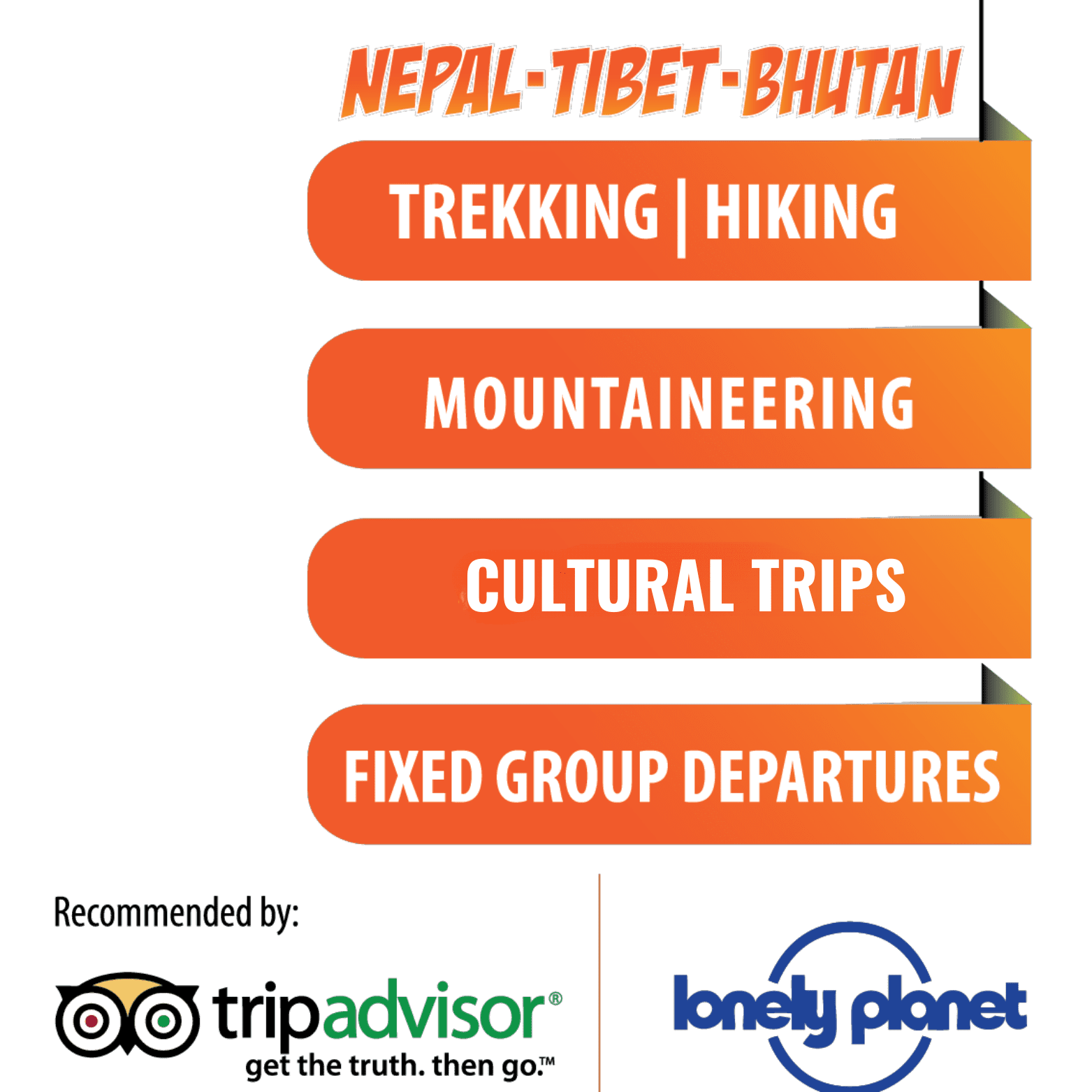About Nepal
With the Kathmandu valley as its centre, the Nepal Mandala stretches out in all directions, covering some of the most varied and astounding terrain on earth. All in one place, you can experience the thrill of rafting down raging, glacial fuelled river while enjoying views of jungle covered canyons. You can soar amongst the world’s highest peaks on daily mountain flights or you can catch it all from ground level, where you’ll trek through gorgeous terraced lands of vibrant gold and green. Along the way you’ll pass serene villages, turquoise lakes, and age-old yak herders along the Himalayan salt route. Whether your interest is adventurous or cultural, Nepal will satisfy all its visitors with a wide range of exciting experiences. Anything from the ever popular bungy jump over a Himalayan canyon, to a trek with a yak caravan in search of the mythical yeti can be experienced in this majestic land. The limits of your Nepal adventure are the limits of your imagination.
Access to Nepal
Nepal has three International Airports, Tribhuvan International Airport (VNKT), Gautam Buddha International Airport (VNBW) & Pokhara International Airport (VNPR). There are no direct flights available from Europe, America and Australia to Nepal.
Airlines flying from United Kingdom to Kathmandu are as follows:
- Qatar Airways via Doha
- Etihad Airways via Abu Dhabi
- Turkish Airlines via Istanbul
- Oman Air via Muscat
- Thai Airways via Bangkok
- Jet Airways via Delhi
Airlines flying from Australia to Kathmandu are as follows:
- Dragon Airline via Hongkong
- Silk Air via Singapore
- China Southern via Guangzou
- Thai Airways via Bangkok
- Malaysian Airlines via Malaysia
Depending on the cities of United States, there are single and double transit airlines flying to Kathmandu, which are as follows:
- Qatar Airways via Doha
- Etihad Airways via Abu Dhabi
- Emirates Airlines via Dubai
- Korean Air via Seoul
- Cathay Pacific via Hongkong
- Jet Airways via Delhi
Besides flight, if you are traveling to neighboring country such as India and China you can travel to Nepal by road. If you are traveling from India, you can enter Nepal from Kakarbhitta at Jhapa, KO / Taulihawa at Bhairahawa, LU / Birjung, MA, etc.
If you are traveling from China via Tibet, Kodari is only point where you can transit from. From all of these borders you can obtain tourist visas up on arrival at the border.
Travel Ticket / Confirmation
Check your airline ticket in details. Many routes to Nepal require the change of aircraft or even a change of airline. Also, in our experience, the greatest risk of lost baggage is if you are traveling on a combination of two airlines. In this case, thoroughly cross-examine at check-in as to the pros and cons of tagging it all the way to the airport at Nepal vs. claiming it at the airport at which you change carriers.
Departure from Kathmandu by Air
Most airlines require that your flight out is RECONFIRMED 72 hrs. prior to departure. If requested Trek Nepal will do this for you. Back to the airport by taxi check-in the usual 2 hours before departure.
Culture and Language
Nepalese Language is the official language of Nepal. The country is potpourri of different ethnic groups and sub-groups who speaks over 70 different languages and dialects. Over 81% people are Hindus and over 10% Buddhist. Rest of the religions is Muslim, Christian, Sikh etc.
The Nepalese people are friendly and hospitable by nature and the tourists in general will have no difficulty in adjustment. At the same, one may be confused regarding some customs, tradition and manners as in coming into any unfamiliar society. Nepal like any other country has its own ways of regulation life though it might be different in degrees to each individual visitor. We want the visitors to observe and see the ways of Nepalese people and share with them. It is in this spirit that we offer some practical guidelines that could help to make the stay delightful and rewarding.
Do's and Don'ts While Travelling in Nepal
The Nepalese people are friendly and hospitable by nature, which they extended to all visitors. Nepal, like any other country, has its own customs and we call upon our visitors to observe and see the ways of Nepalese people to observe and see the ways of Nepalese people and share them. It is in these sprits that we offer some practical guidelines that could help to make your stay more pleasurable and rewarding.
- Use the traditional Nepali greeting “Namaste” (nahm-ah-stay), by placing your hands to your chest in a prayer-like position. This means “I salute the God inside you” and is the most respectful way to greet any Nepali person. We also do Namaste when saying goodbye.
- How are you: Tapailai Kasto Chha?
- Excuse me: Hajur
- Please (give me): Dinuhos
- Please (you have): Khanuhos
- Thank you: Dhanyabad
- When eating, passing an item or money, waving, or touching another person for any reason, always remember to use your RIGHT hand. As in other Asian countries, the left hand is used for washing after using the loo, and is thus seen as unclean.
- The feet are seen as unclean in Nepali society. It is extremely offensive to touch or kick anyone with your foot. It is also offensive to point your feet at anyone or in the direction of any spiritual place. While visiting different temples, make sure your feet never point towards the place of worship, but rather sit with your feet tucked under you and away from such area. If you accidently touch someone with your foot, it is customary to touch the person’s arm or hand and then touch your own forehead.
- Never try to shake a Nepali woman’s hand, as it is seen as intimate contact. Rather, use the traditional greeting listed above.
- Walk around stupas and temples clockwise. It is also wise to check tourist restrictions before entering, as well as photography allowance. Woman who are menstruating are often times asked to refrain from visiting temples during that time.
- While visiting temples and stupas, conservative dress is a must. Shoulders should be covered and pants, trousers, or skirts should be at least knee length.
- In Kathmandu, the do’s and don’ts listed are a bit more lax, but in surrounding villages it is wise to follow these suggestions as to make your stay more enjoyable.
Planning a trip to Nepal?
Get some help from our travel experts.
OR
Directly talk with our local travel experts.
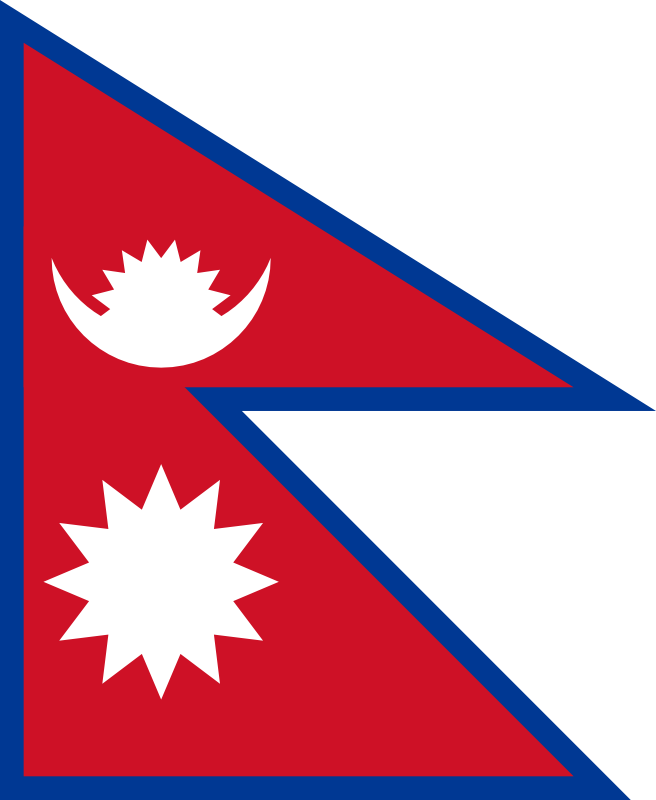
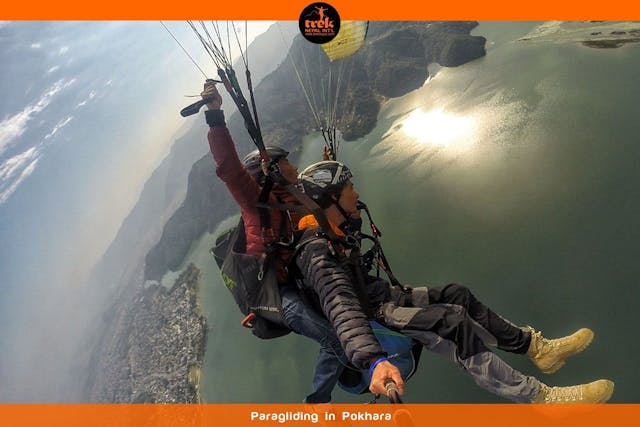
Nepal Adventure, Trek Nepal Int'l
4/26/2024
Nepal is a land of topographical diversities crossed by high mountains and turbulent rivers with a mosaic of diverse ethnic groups with their own distinct cultures. This tour has been carefully designed to provide an unforgettable experience, tailored to e...
Read more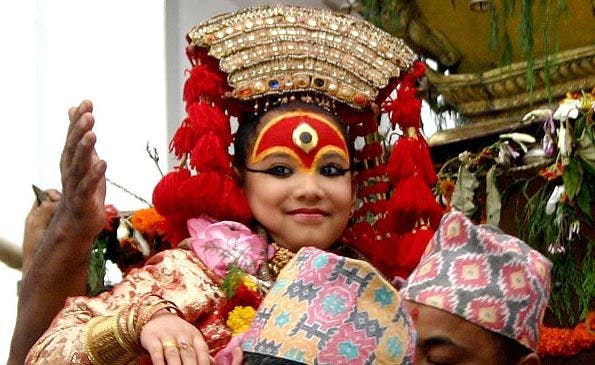
Kumari - The Living Goddess
4/23/2024
Seated royally on her throne, she’s possessed, chosen, and worshipped the Kumari. At a tender age, she holds responsibilities of granting the wishes of thousands praying to her, of protecting all those around her and trading her childhood for the fulfillme...
Read more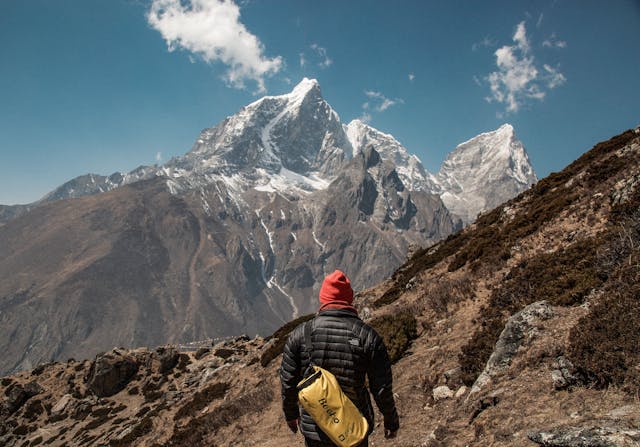
The History of Trekking in Nepal
12/21/2023
As trekking in Nepal evolved over the decades, it not only became more accessible but also underwent significant changes in terms of infrastructure, information dissemination, and safety measures. The transformation of trekking from a local means of transp...
Read more

